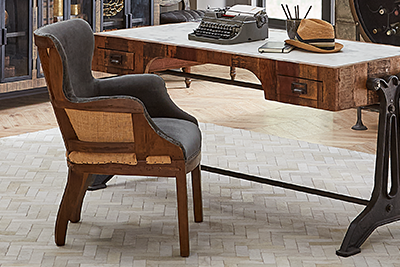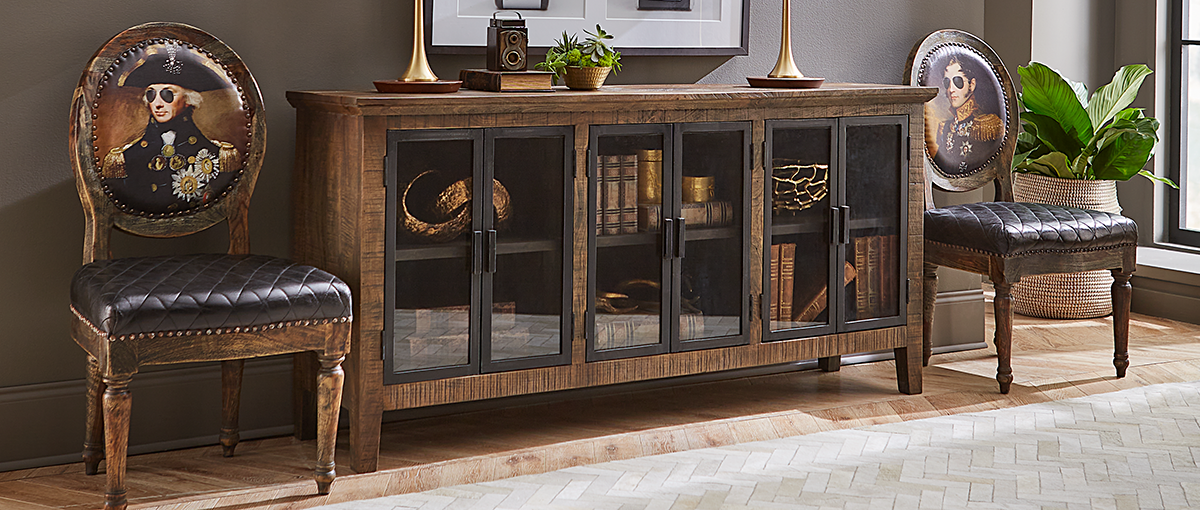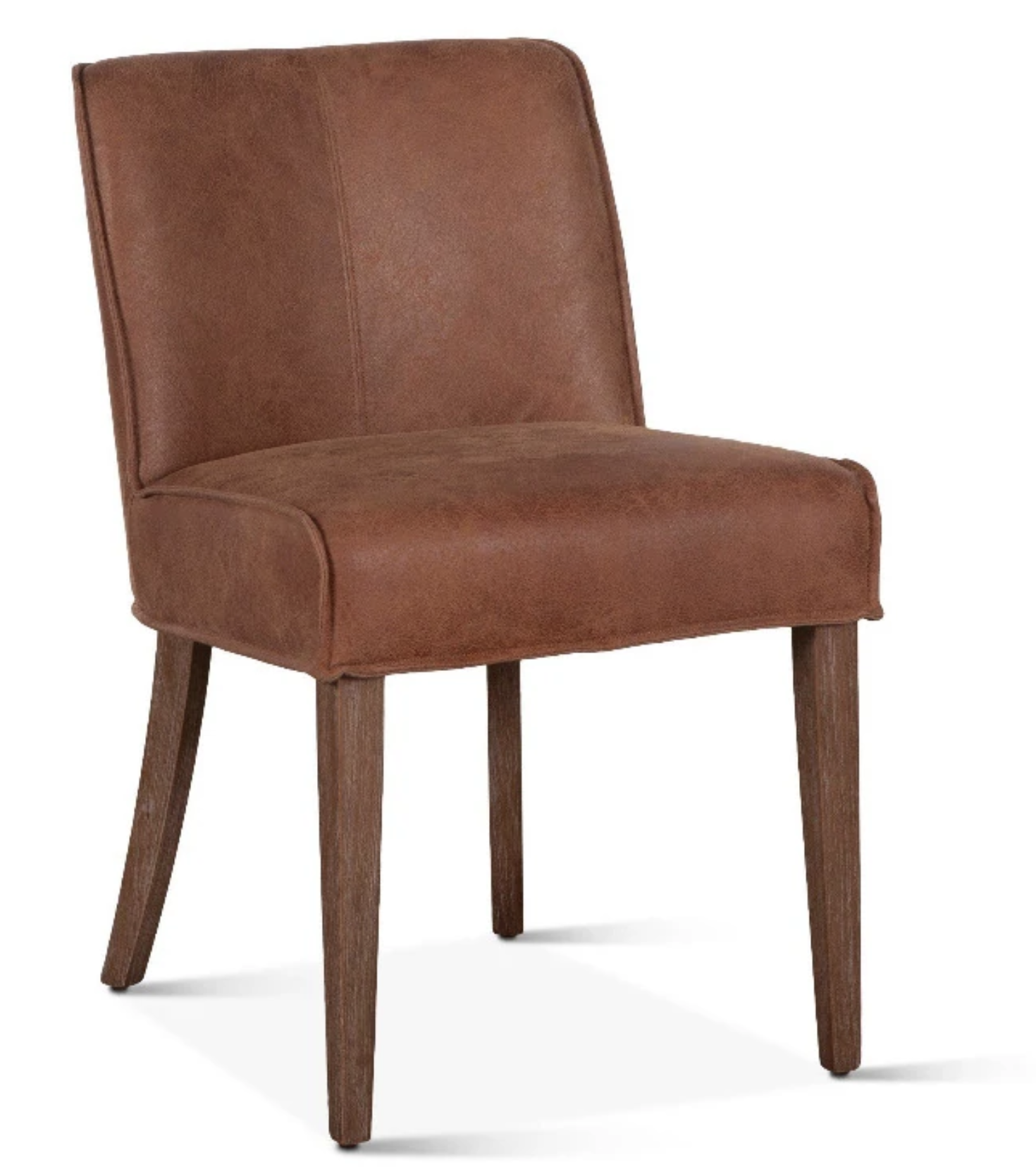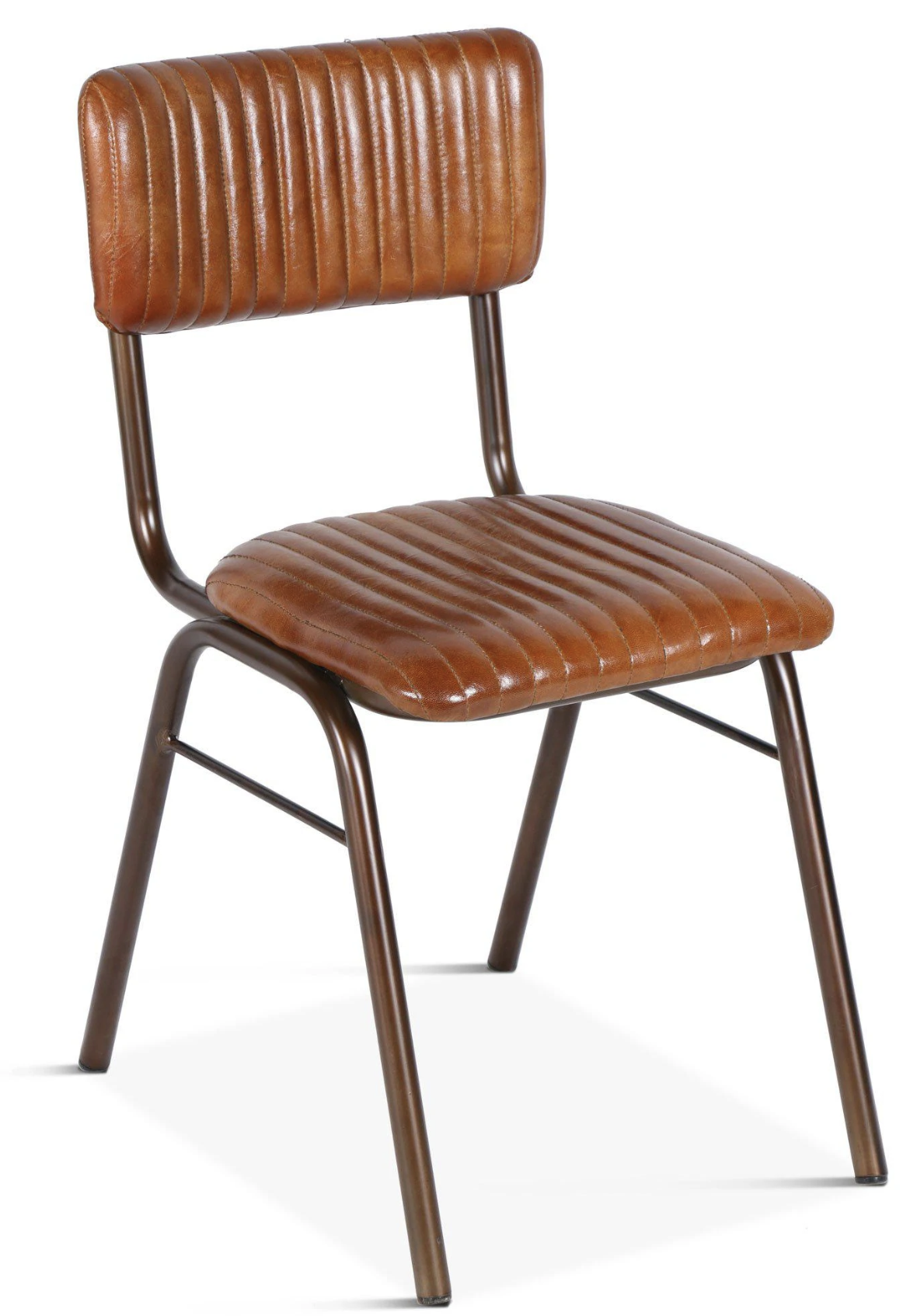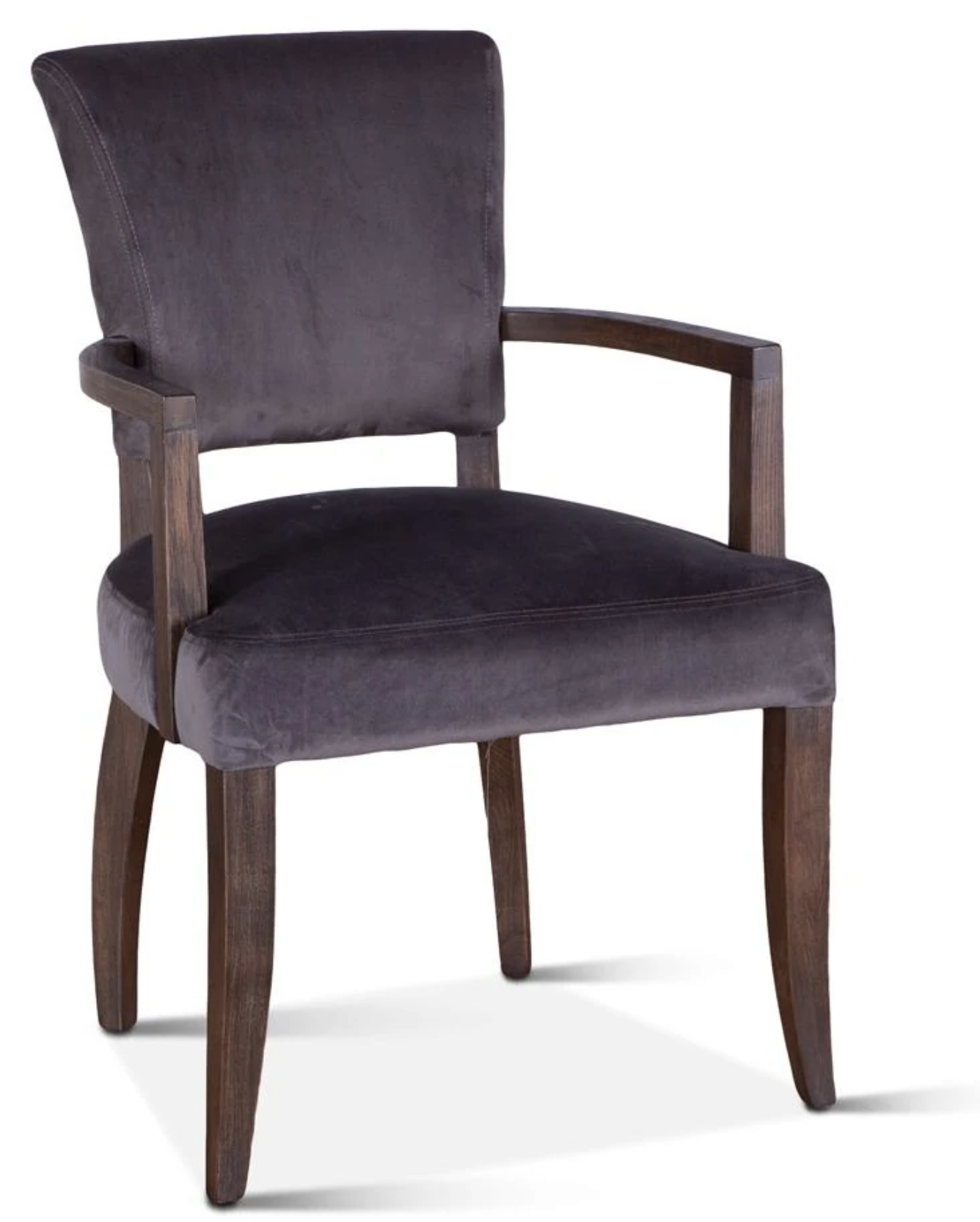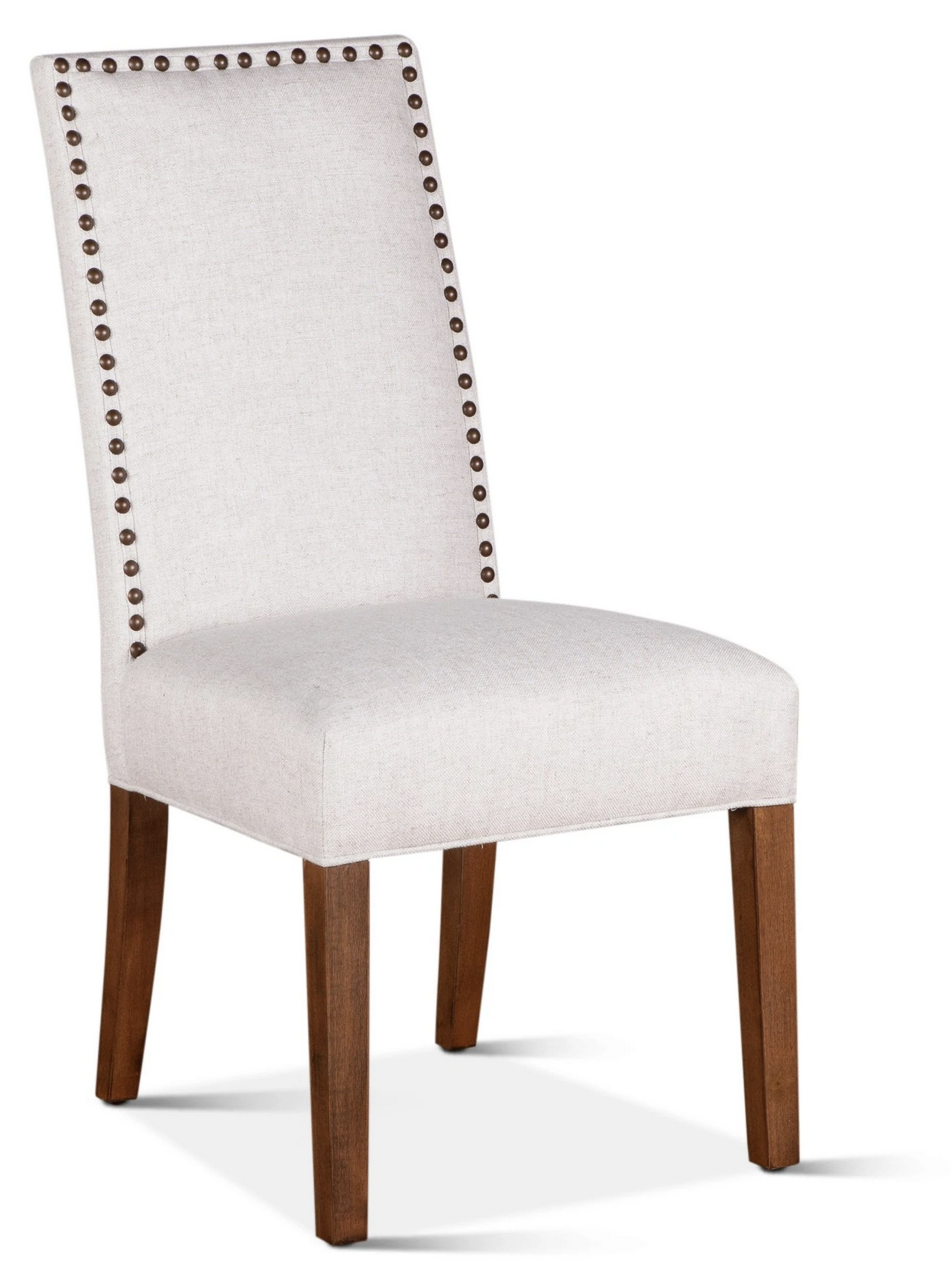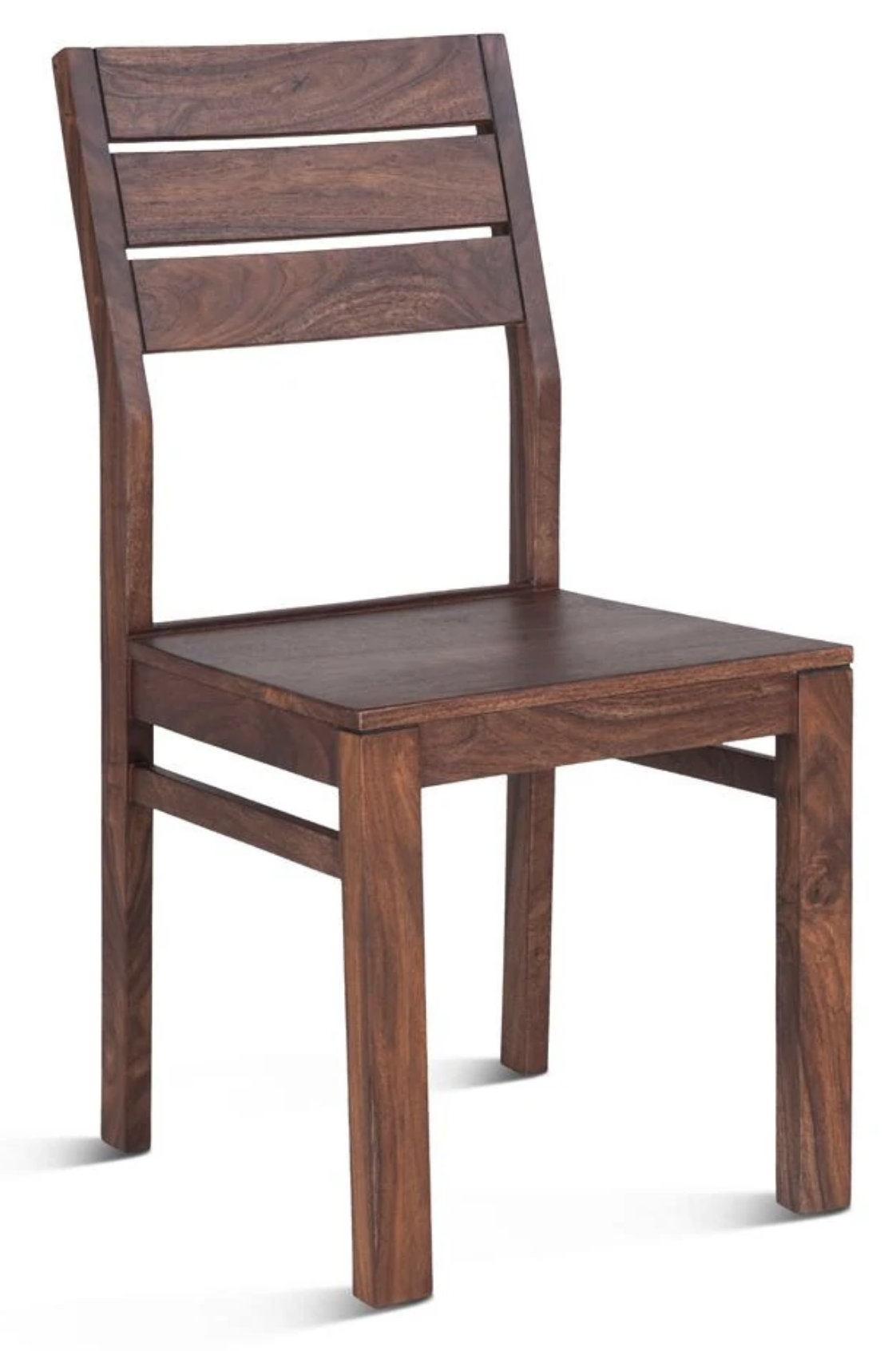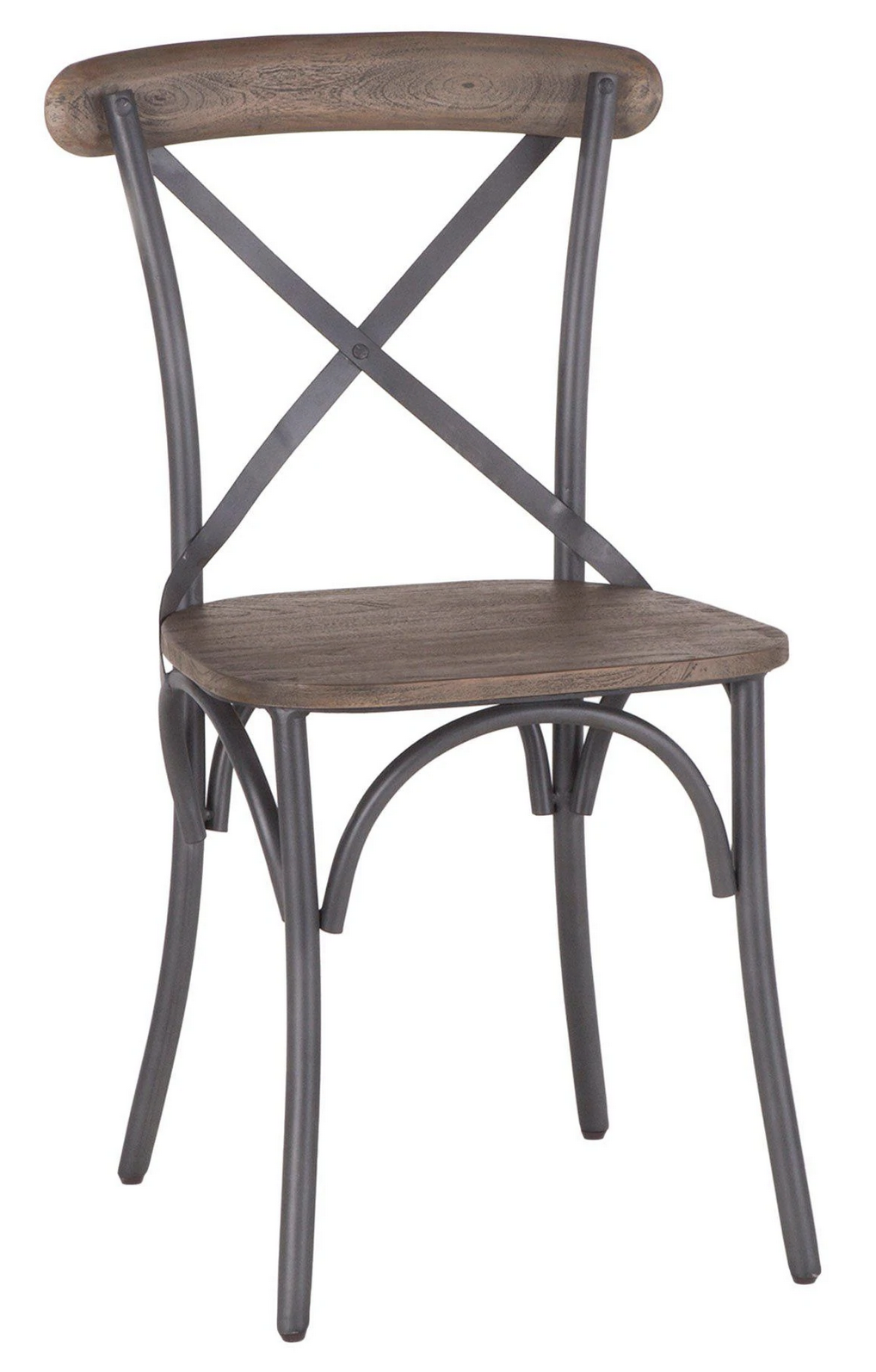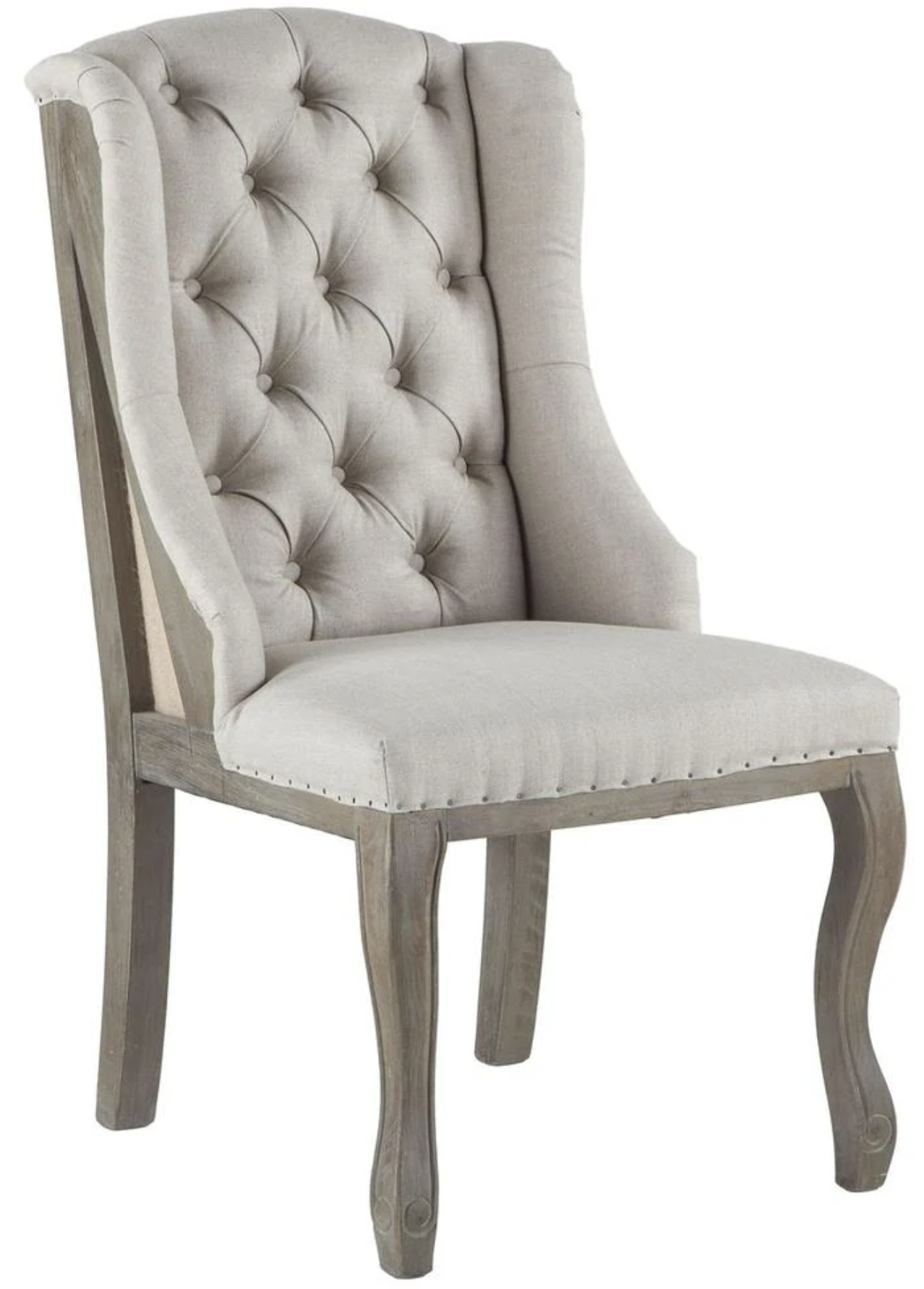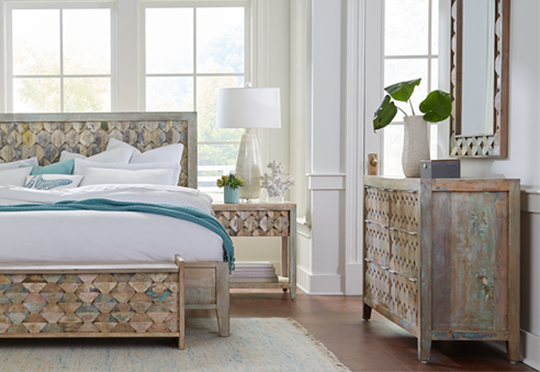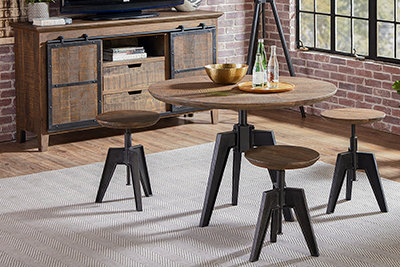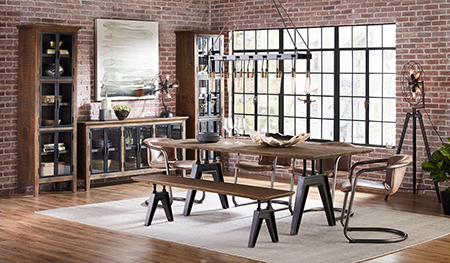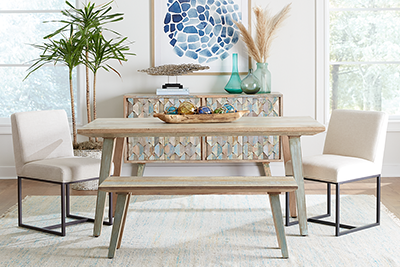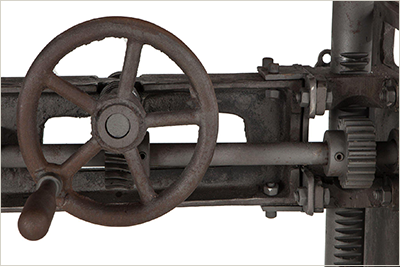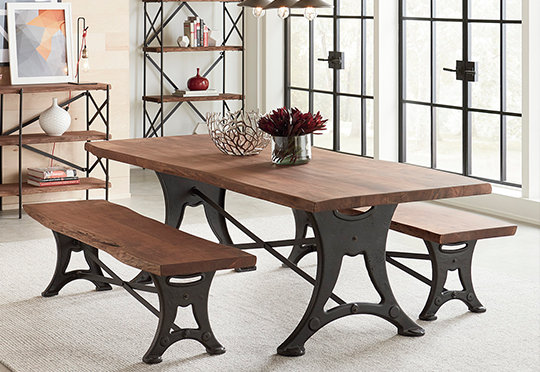Materials
Chair making is an age-old profession. Even modern chair makers continue to use tried-and-true construction techniques, passed down from generation to generation.
The Importance of a Solid Wood Frame
One of the most prevalent and time-honored materials featured in chair designs is solid wood. Solid wood is popular due to its durability, repairability, reusability, and beautiful grain patterns.
Most chairs on the market today are considered Ready-to-Assemble (RTA). RTA chairs typically come in a box with assembly instructions and require customer assembly.
These chairs have grown in popularity over the years due to their inexpensiveness. But, a big drawback of RTA chairs is their short lifespan. These pieces quickly deteriorate over time.
By using tried-and-true craftsmanship techniques, such as the implementation of mortise and tenon joints to hold our chair frames together, our pre-assembled solid wood framed chairs are rated to last 3-4 times longer than their RTA counterparts. Most RTA chairs last 3-5 years, while solid wood pre-assembled chairs last 12-15+.
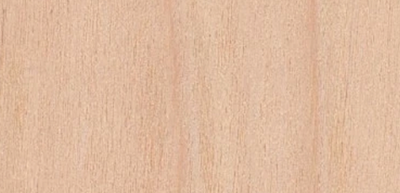

Birch Wood is one of the most durable softwoods, with a Janka hardness rating of 1,260 pounds--that's denser than some Oak trees. Being a softwood, it is more workable than most hardwoods. This makes it a choice material for our pieces that use hand-turned leg construction.
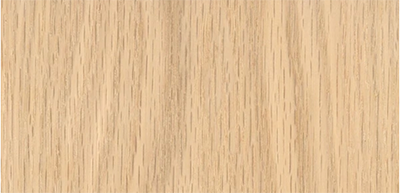

Used for millennia in furniture construction, carpentry, and even shipbuilding, Oak is a popular hardwood for making furniture . It was a favorite material of many famous designers such as Frank Lloyd Wright and Gustav Stickley.
Oak wood also grows all over the world in great numbers, making it an eco-friendly and cost-effective material to use. The durability of Oak keeps it out of landfills, while the water-based finish we apply ensures that hazardous gas emissions are kept at a minimum.
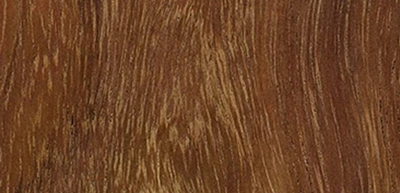

Sheesham, or Indian Rosewood, is a species of deciduous tree typically found in the Indian subcontinent. It has a wide variety of uses such as marine and aircraft plywood, fuel for cooking and heating food, creating musical instruments, ornamental turnery, sporting goods, carvings, and engravings.
All our Sheesham wood furniture uses reclaimed Sheesham wood to ensure that our furniture does not contribute to further deforestation and exploitation of Sheesham forests.
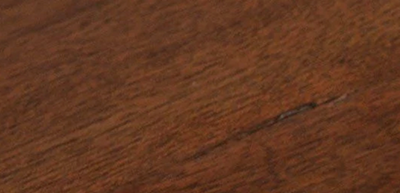

Acacia wood, is found growing in forests throughout the world. The species we use, Babul Acacia, has a variety of uses, from medicinal ingredients to carpentry material.
Acacia wood is an incredibly durable hardwood. With a Janka hardness rating of 2,300 pounds, Acacia wood is incredibly well suited for daily use and is naturally water and rot resistant.
Iron
Iron is a pliable yet strong metal that has been used for thousands of years to create tools, weapons, vehicles, and, of course, furniture.
There are two processes we use to create our iron products - casting and forging. The cast iron process involves fully melting down the iron and pouring it into a cast. Forged iron involves heating the metal and hammering it into a specific shape.
Cast iron is a more cost-effective option used more commonly with pieces that undergo less stress, such as chairs. While not quite as strong as forged iron, cast iron is still rated to last a lifetime with proper care. It is also generally preferred for more complex pieces, as it is much easier to pour iron into a cast than it is to forge it into shape.
Forged iron, is used for pieces that need both strength and durability, while handling a lot of stress. Forged iron can retain its shape, while withstanding immense pressure. Since the process is more involved, forged iron products tend to also be more expensive.
Upholstery
We use a variety of materials for our upholstery, from top-grain leather to luxurious linens. These materials function to enhance the comfort of the chair as well as protect the frame. While there are many different materials used to upholster chairs, we will discuss leather and cloth upholstery.
Leather
Leather is a durable material that traditionally comes from the tanning of animal hides. It is incredibly durable, with top-grain leather having a lifespan of up to 30 years. Also, over time, a rich patina can form showing the piece's true colors.
Cloth
Cloth is material that is typically made from plant fibers. This makes it a more sustainable and eco-friendly material than leather but less durable. Cloth is typically easier to maintain than leather but has a shorter lifespan. Because cloth is much easier to dye than leather, cloth can be incorporated into a variety of designs and styles.
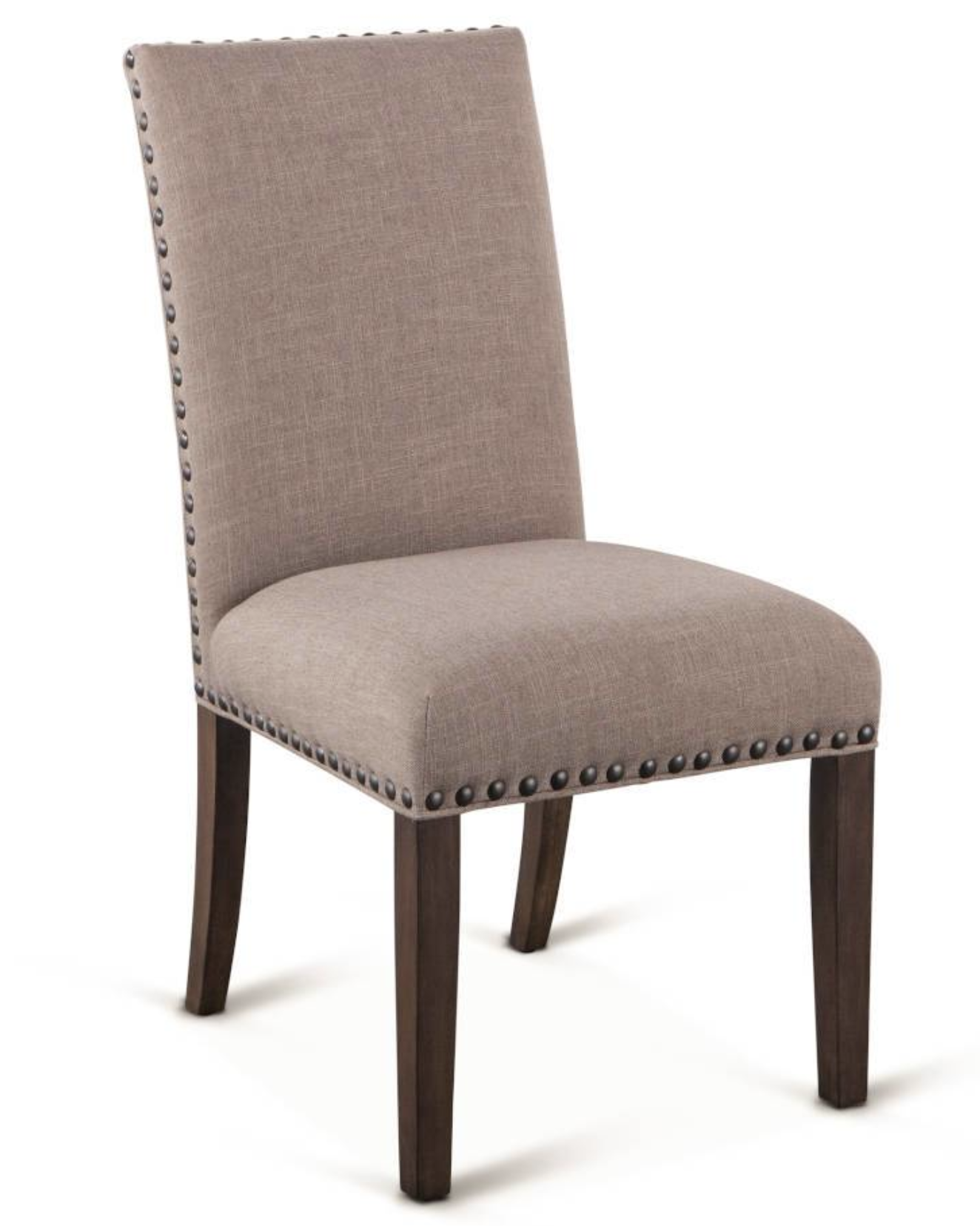

Chair Styles
The side chair is the most popular type of chair. It is the quintessential dining chair, with a straight back and no arms. These typically come in standard sizes: 15-18" width x 16-18" depth x 16-22" height.
This type of chair is very versatile and can be used for a variety of floor plans and in all positions of the table, including the head of the table.
An armchair, as the name suggests, is a chair with arm rests mounted to the sides for enhanced comfort. This chair type has been around for millennia, available in both traditional and contemporary styles.
Armchairs come in a variety of different designs. Armchairs are commonly used in formal spaces and at the head of the table in formal dining rooms.
First created in the 1930s, the Parson style chair is a taller, more slender version of the traditional side chair. The taller back offers more support and comfort while also serving to create a more transitional style.
The transitional style of Parson chairs can be incorporated into a variety of settings, much like their side chair counterparts. The flexibility of this chair style is why Parson chairs have only grown in popularity since their inception.
Originating around the time of the Middle Ages, ladder-back chairs are also considered a side chair. These chairs typically have a taller back with multiple horizontal slats that make up the back rest--allowing for easier transportation.
Ladder-back chairs are generally featured in more transitional styles due to its more informal design while still utilizing more traditional materials.
Cross back, also called X-back chairs, originated in 20th century French cafes. This style adds a modern flair to the traditional dining chair, making it an excellent transitional style between vintage and contemporary design.
This style typically feature a combination of masculine and feminine forms which culminate in a piece that gives off both strength and elegance simultaneously.


